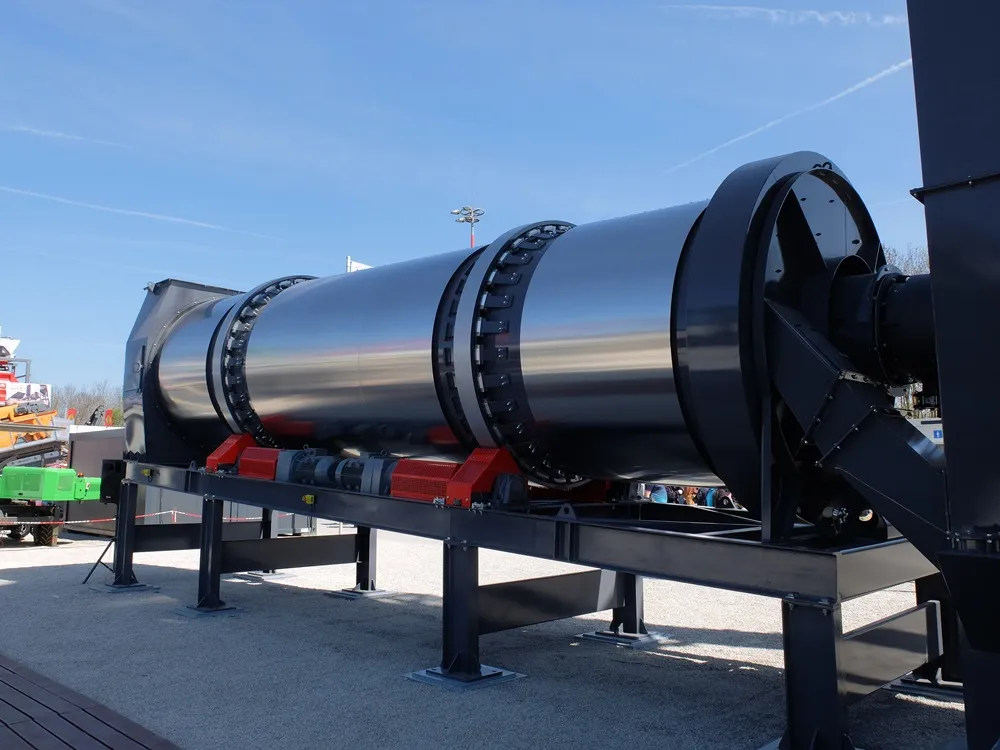April 18, 2016
New engine architecture from Perkins will help the firm deliver emissions solutions to meet future regulations. In Europe the Stage V requirements are being finalised but Perkins says that it will be ready with its new technology.









